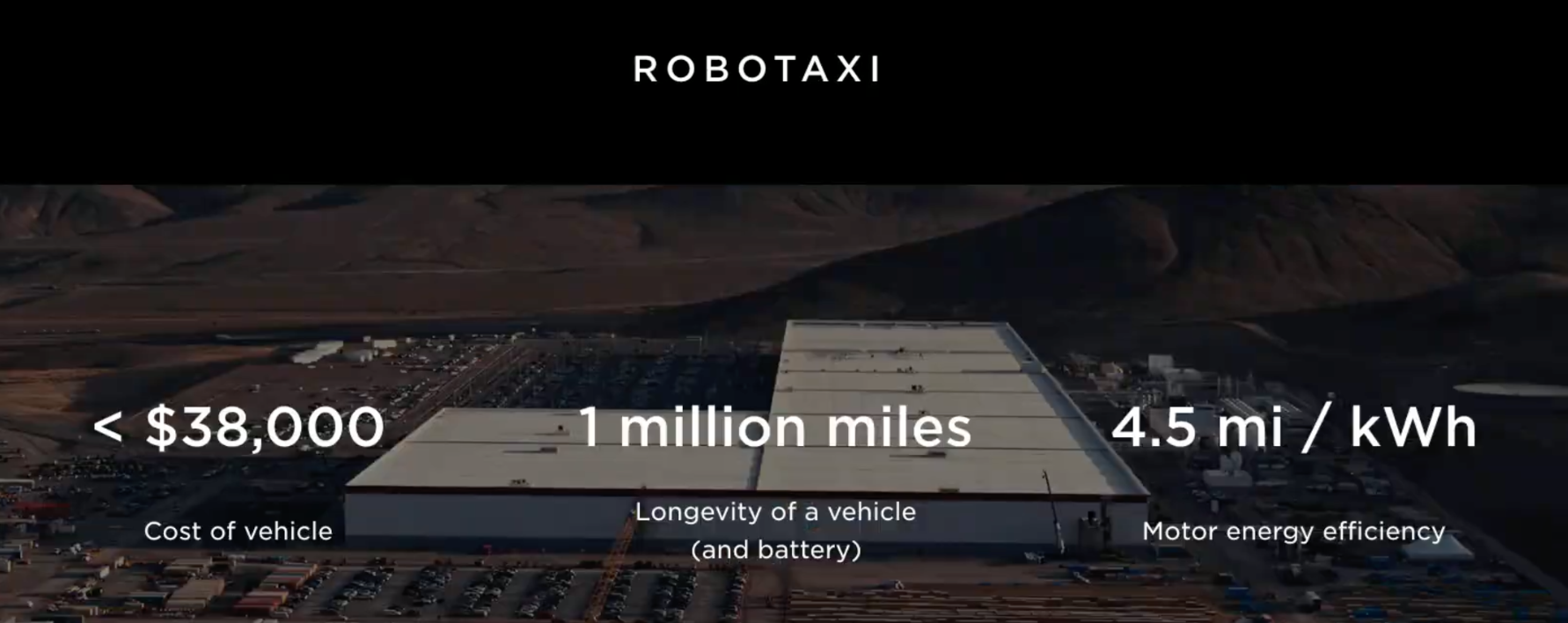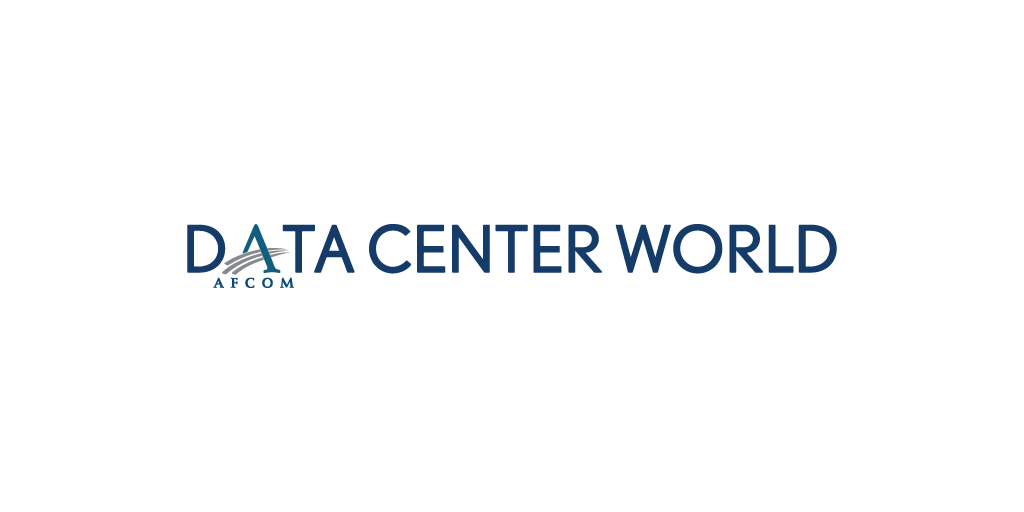Sign up for daily news updates from CleanTechnica on email. Or follow us on Google News!
At CleanTechnica, we focus a lot on the emissions from burning fossil fuels, especially from the transportation sector. While they are substantial, oil and methane are also the basis for another industry that causes irreparable harm to the environment — plastics. Fossil fuel companies are touting a new way to deal with plastic waste called pyrolysis, and to hear the industry spin it, it is the greatest thing since ice cream.
The plastics industry churns out more than 430 million metric tons of the stuff every year. That’s 948 billion pounds, or 118.5 pounds for each man, woman, and child on Earth. After 50+ years of doing this, plastics have now been detected in the snow of top of Mount Everest and the sea floor in the deepest parts for the ocean. There is a trash pile of floating plastic in the Pacific Ocean that is large enough to be seen with the unaided eye from the International Space Station. Plastics are routinely detected in human sperm, in the placentas of pregnant women, and in breast milk.
Pumping Pyrolysis
ExxonMobil knows what a backlash against plastics could do to its business model and so it has become a champion for a new technology known as pyrolysis. Sharp-eyed readers will guess the definition without much help from us. “Pyro” is from the Greek word for fire. It gives us such words as Pyrex, a glass baking dish that can withstand the heat of an oven, and pyromaniac. In pyrolysis, heat is used to break plastic waste down into its molecular building blocks.
Right now, the nations of the world are working on a United Nations treaty to deal with the plastic crisis. Part of the plan is to limit the amount of new plastic produced. Uh oh, that could mean lower profits for ExxonMobil and we all know the company will resist that with every fiber of its being. When people wanted to decrease the use of gasoline, it created the fuel from algae scam and pushed it hard. When demand for gasoline continued to rise, it shut down that program and never breathed a word about it again. Now, according to ProPublica, it is leading an industry push to shift the conversation to the wonders of chemical recycling, primarily pyrolysis. The chemical industry is buying cable news ads in states that are considering laws to limit plastic packaging. It is also lobbying federal agencies to loosen the definition of what it means to recycle.
All that effort is paying off. American and European regulators have spent tens of millions subsidizing pyrolysis facilities. Half of all US states have eased air pollution rules for the process, which has been found to release carcinogens like benzene and dioxins while emitting more greenhouse gases than making plastic from crude oil does. How nice. In an effort to protect its business model, ExxonMobil is willing to give us more air pollution, more health risks, and more global heating. No wonder my colleague Carolyn Fortuna is raising the question whether companies like this should be subject to criminal penalties!
According to its proponents — primarily ExxonMobil — pyrolysis is a miracle cure for plastic pollution. “This is a significant milestone,” said Printpack, which turns the pyrolysis end product into plastic cups for the food industry. Fruit supplier Pacific Coast Producers uses some of those cups from Printpack and declares pyrolysis is “the most important initiative a consumer-packaged goods company can pursue.” The oil giant itself is none too shy about saying “ExxonMobil is supporting the circularity of plastics.” The whole scheme is now populating the English language with new buzzwords that tout the wonders of the pyrolysis process, words that do nothing to inform consumers.
Months ago, ProPublica contributor Lisa Song ate a serving a fruit packaged in one of those Printpack plastic cups. It proclaimed “30% ISCC PLUS certified-circular” and “mass balance free attribution.” Do you know what those mean? No? Neither does anyone else, and that’s exactly what the companies are counting on. Their PR teams have created pleasant-sounding phrases that are essentially meaningless. Their only purpose is to mislead consumers into thinking they are buying something they are not.
To find out what was going on with the pyrolysis craze, Song interviewed a dozen academics, consultants, environmentalists, and engineers. “Given the high stakes of this moment, I set out to understand exactly what the world is getting out of this recycling technology. For months, I tracked press releases, interviewed experts, tried to buy plastic made via pyrolysis and learned more than I ever wanted to know about the science of recycled molecules. Under all the math and engineering, I found an inconvenient truth — Not much is being recycled at all, nor is pyrolysis capable of curbing the plastic crisis. Not now. Maybe not ever,” she says. As a result of her research, she learned several lessons.
Lesson 1
Most Of The Old Plastic That Goes Into Pyrolysis Doesn’t Actually Become New Plastic
In traditional mechanical recycling, plastic is turned into tiny pellets or flakes which you can melt again and mold back into recycled plastic products. Even in a real-life scenario in which bottles have labels and a little bit of juice left in them, most of the plastic products that go into the process find new life. 55 to 85% get recycled into new plastic. 15 to 45% is lost in the process.
The numbers are much lower for pyrolysis. It’s “very, very, very, very difficult” to break down plastic that way, said Steve Jenkins, vice president of chemicals consulting at Wood Mackenzie. “The laws of nature and the laws of physics are trying to stop you.” Plastic waste is heated until it turns into oil. Part of that oil is composed of a liquid called naphtha, which is essential for making plastic. There are two ingredients in the naphtha that recyclers want to isolate — propylene and ethylene, gases that can be turned into solid plastics.
To split the naphtha into different chemicals, it is fed into a machine called a steam cracker. Less than half of what it spits out becomes propylene and ethylene. This means that if a pyrolysis operator started with 100 pounds of plastic waste, it can expect to end up with 15 to 20 pounds of reusable plastic. Experts told Song the process can yield less if the plastic used is dirty, or more if the technology is particularly advanced.
In pyrolysis, 15 to 20% gets recycled into propylene and ethylene, while 80 to 85% becomes diesel fuel, hydrogen, methane, and other chemicals. Song asked several companies how much new plastic their pyrolysis processes actually yields, but none provided numbers. The American Chemistry Council, the nation’s largest plastic lobby, told Song that because so many factors impact a company’s yield, it’s impossible to estimate that number for the entire industry.
Lesson 2
The Plastic That Comes Out Of Pyrolysis Contains Very Little Recycled Material
With mechanical recycling, it is hard to make plastic that’s 100% recycled. It is expensive to do and the process degrades the waste plastic. Recycled pellets are often combined with new pellets to make stuff that is 25 to 50% recycled, but far less recycled plastic winds up in products made through pyrolysis. That’s because the naphtha created using recycled plastic is contaminated. Manufacturers add all kinds of chemicals to make products bend or keep them from degrading in the sun. Recyclers can overpower those contaminants by heavily diluting the recycled naphtha. With what, you ask? Non-recycled naphtha made from ordinary crude oil!
This is the quiet — and convenient — part of the plastic industry’s revolutionary pyrolysis method. It relies heavily on fossil fuels. At least 90% of the naphtha used in pyrolysis is derived from fossil fuels. Only then can it be poured into the steam cracker to separate the chemicals that make plastic. So at the end of the day, nothing that comes out of pyrolysis physically contains more than 10% recycled material, Song says, before adding that experts and studies have shown that in the real world, it is more like 2 to 5%.
Lesson 3
The Industry Uses Mathematical Acrobatics To Make Pyrolysis Look Like A Success
Ten percent doesn’t look very impressive, Song admits. Some consumers are willing to pay a premium for sustainability, so companies use a form of accounting called mass balance to inflate the measurement of how much recycled plastic from pyrolysis is in their products. She says it is like offset schemes she has encountered before that absolve refineries of their carbon emissions and enable mining companies to kill chimpanzees. Industry-affiliated groups like the International Sustainability and Carbon Certification council write the rules. Interestingly enough, ISCC didn’t respond to Song’s requests for comment.
To see how this works, Song walks us through what might happen to a batch of recycled naphtha. The explanation gets pretty complex, so buckle up. Assume a steam cracker splits the batch of waste plastic into 100 pounds of assorted ingredients. The output will be 13 pounds of propylene and 30 pounds of ethylene, plus 57 pounds of other chemicals.
Propylene makes sturdy materials such as butter tubs. Ethylene makes flexible plastics like yogurt pouches. Many of the other chemicals aren’t used to make plastic, they get used to make synthetic rubber and paint or are used as fuel. All of these outputs are technically 10% recycled, since they were made from 10% recycled naphtha. But companies can do a numbers shuffle to assign all of the recycled value from the butter tubs to the yogurt pouches. That way they can market the yogurt pouches as 14% recycled (or “circular”), even though nothing has physically changed about the makeup of the pouches.
What’s more, through a method called free attribution, companies can assign the recycled value from other chemicals to the yogurt pouches even if they will never actually be turned into plastic. Now the yogurt pouches can be sold as 33% recycled. There are many flavors of this kind of accounting, Song says. Another version of free attribution would allow the company to take that entire 30 pound batch of “33% recycled” pouches and split them even further. A third of them — 10 pounds — could be labeled 100% recycled, thereby shifting the value of the full batch onto them. That accounting trick works as long as the remaining 20 pounds aren’t labeled as recycled at all.
Cooking The Books On Pyrolysis
As long as you avoid double counting, Jenkins told Song, you can attribute the full value of recycled naphtha to the products that will make the most money. Companies need that financial incentive to recoup the costs of pyrolysis, he said. It is hard to argue that this type of marketing is transparent. Consumers aren’t going to parse through the caveats of a 33% recycled claim or understand how the green technology they are buying perpetuates the fossil fuel industry.
Song raised these issues to industry representatives. She wanted to know why “mass balance” is not just a fancy way of greenwashing. The American Chemistry Council told her it is impossible to know whether a particular ethylene molecule comes from pyrolysis naphtha or fossil fuel naphtha. The two compounds are “fungible” — which means you can’t tell one from the other — and can be used for multiple products. Its statement called mass balance a “well-known methodology” that has been used by other industries, including fair trade coffee, chocolate, and renewable energy. CleanTechnica readers will immediately see that saying other industries use the same party trick does little to bolster the case for the chemical industry.
Legislation in the European Union already forbids free attribution and its leaders are debating whether to allow other forms of mass balance. US regulation is far behind Europe’s, but as the Federal Trade Commission revises its general guidelines for green marketing, the industry is arguing that mass balance is crucial to the future of advanced recycling. “The science of advanced recycling simply does not support any other approach because the ability to track individual molecules does not readily exist,” ExxonMobil said in a comment.
Pyrolysis Is A Fairy Tale
Neil Tangri, the science and policy director at the environmental justice network Global Alliance for Incinerator Alternatives, told Song bluntly, “Pyrolysis is a fairy tale.” He said he’s been hearing pyrolysis claims since the ’90s but has yet to see proof it works as promised. “If anyone has cracked the code for a large scale, efficient, and profitable way to turn plastic into plastic, every reporter in the world” would be getting a tour of the facilities making that miracle a reality.
CleanTechnica readers may feel a spark of recognition here. The fossil fuel industry is banging the drum loudly for carbon capture, another slight of hand trick it uses to bamboozle people and politicians into believing there really is a Santa Claus and that we can continue to extract and burn oil and methane forever and a day without any dire consequences to the environment. Readers may also ask what the power source is for the steam used in the pyrolysis process. Dollars to donuts it’s not renewable electricity, which makes the whole process doubly problematic.
To spur growth in the use of pyrolysis-derived plastics, the American Chemistry Council is lobbying for mandates that would require more recycled plastic in packaging. “This would create market driven demand signals,” Matthew Kastner, a media relations director for the industry told Song. That, in turn, could lead toward a large-scale investment in new pyrolysis facilities.
The Takeaway
Song asked Steve Jenkins of Wood Mackenzie whether all the hype about pyrolysis adds up. Could the industry actually make enough propylene and ethylene through pyrolysis to replace much of our demand for new plastic? He replied that three years from now, using his company’s latest figures on global pyrolysis investment, at best the world could replace 0.2% of new plastic produced each year with products made through pyrolysis.
That’s not the point of this dog and pony show, however. The point is to keep profits high for fossil fuel companies. From that perspective, this flimflam — just like the carbon capture and algae fuel scams — is likely to be a huge success. We can be certain millions of dollars will find their way into the pockets of compliant politicians to get them to support this fraud on the public. It’s a process that has worked wonderfully well for the fossil fuel companies for a hundred years and shows every sign of continuing to work beautifully in the future.
Have a tip for CleanTechnica? Want to advertise? Want to suggest a guest for our CleanTech Talk podcast? Contact us here.
Latest CleanTechnica.TV Videos
CleanTechnica uses affiliate links. See our policy here.




